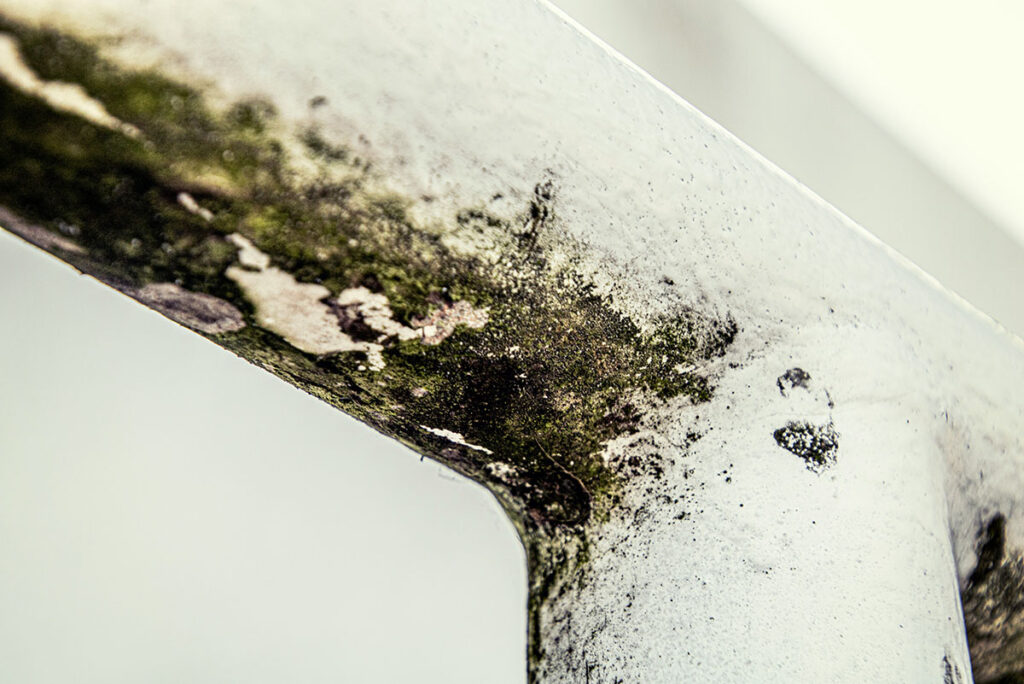ISO 16000-10 VOC Emission Chamber Testing of Indoor Products
The ISO 16000 series standards provide a comprehensive framework for assessing indoor air quality, with ISO 16000-10 specifically focusing on the evaluation of volatile organic compound (VOC) emissions from products intended for use indoors. This service is designed to ensure that products meet stringent international environmental and health standards, thereby enhancing the overall air quality in residential, commercial, and public spaces.
VOCs are a class of chemicals commonly found in household items such as paints, adhesives, cleaning agents, and furniture finishes. When these materials are used indoors, they can release harmful VOCs into the air, leading to adverse health effects including respiratory issues, headaches, dizziness, and other symptoms. By conducting ISO 16000-10 testing in a controlled emission chamber, we can accurately measure the levels of specific VOCs that might be released by indoor products under specified conditions.
The testing process involves placing the product inside an emission chamber for a defined period, typically up to seven days. During this time, continuous monitoring is conducted using advanced analytical instrumentation. The concentration of target VOCs in the air within the chamber is then measured and compared against predefined thresholds set by ISO 16000-10.
This service is particularly valuable for quality managers, compliance officers, R&D engineers, and procurement professionals who need to ensure that their products meet international standards. By adhering to these stringent testing protocols, manufacturers can enhance product safety, reduce the risk of health complaints, and demonstrate a commitment to environmental sustainability. This not only protects consumer health but also helps businesses comply with regulatory requirements in various countries.
The ISO 16000-10 standard specifies detailed procedures for conducting emissions tests on indoor products like carpets, paints, varnishes, adhesives, and furniture. These standards are essential because they provide a consistent methodology that ensures accurate and reliable results across different laboratories worldwide. This consistency is crucial given the global nature of many product manufacturing and supply chains.
Our laboratory uses state-of-the-art equipment to perform these tests, including advanced gas chromatography-mass spectrometry (GC-MS) systems for precise detection and quantification of VOCs. The testing process also includes rigorous quality control measures to ensure the accuracy and reliability of our results.
Applied Standards
The ISO 16000 series standards, particularly ISO 16000-10, provide a robust framework for evaluating indoor air quality. This standard is widely recognized and applied in various sectors including construction, furniture manufacturing, chemical industries, and building materials production.
- ISO 16000-10:2018 - Determination of volatile organic compounds (VOCs) in indoor air by dynamic sampling polymer trap method.
The standard specifies the procedures for determining the concentration of specific VOCs emitted from various products. This includes the use of airtight chambers, controlled conditions, and advanced analytical techniques to measure emissions accurately. The testing process ensures that products comply with international health and safety regulations.
Our laboratory adheres strictly to these standards to ensure that our clients receive reliable and accurate test results. Compliance with ISO 16000-10 is not only beneficial for the product's reputation but also essential for regulatory compliance in many countries around the world.
Environmental and Sustainability Contributions
- Avoidance of Harmful Emissions: By ensuring that products emit VOCs within acceptable limits, this testing helps reduce indoor air pollution. This not only improves overall health but also contributes to a cleaner environment.
- Sustainable Product Development: Manufacturers can use these test results to refine their product designs and ingredients, promoting the development of more sustainable and environmentally friendly products.
- Enhanced Consumer Trust: Compliance with international standards like ISO 16000-10 builds consumer confidence in the quality and safety of indoor products. This can lead to increased market share and customer loyalty.
The results from this testing are crucial for manufacturers aiming to meet environmental goals set by governments and organizations such as LEED (Leadership in Energy and Environmental Design) and BREEAM (Building Research Establishment Environmental Assessment Method). These certifications often require proof of compliance with relevant VOC emission standards.
Use Cases and Application Examples
The ISO 16000-10 VOC Emission Chamber Testing is widely applicable in multiple sectors. Here are some specific use cases:
- Furniture Manufacturers: Ensuring that new upholstered furniture or wooden pieces do not release harmful VOCs into the air.
- Paint and Varnish Companies: Testing for emissions from paints, varnishes, and other coating materials to ensure they are safe for indoor use.
- Flooring Manufacturers: Evaluating floor coverings like carpets, linoleum, or vinyl flooring for their VOC emission levels.
- Cabinet Makers: Guaranteeing that kitchen and bathroom cabinets emit VOCs within acceptable limits to ensure the health and safety of users.
In addition to these examples, the testing can also be beneficial for manufacturers of other products such as paints, adhesives, sealants, and even some electronics. The key is to identify any product that might release harmful VOCs into an indoor environment. By performing this test early in the development process, manufacturers can make necessary adjustments to their formulations or manufacturing processes.
The results from this testing are also valuable for procurement teams who want to ensure that the materials they source comply with international standards. This not only helps in maintaining product quality but also ensures compliance with environmental and health regulations.





